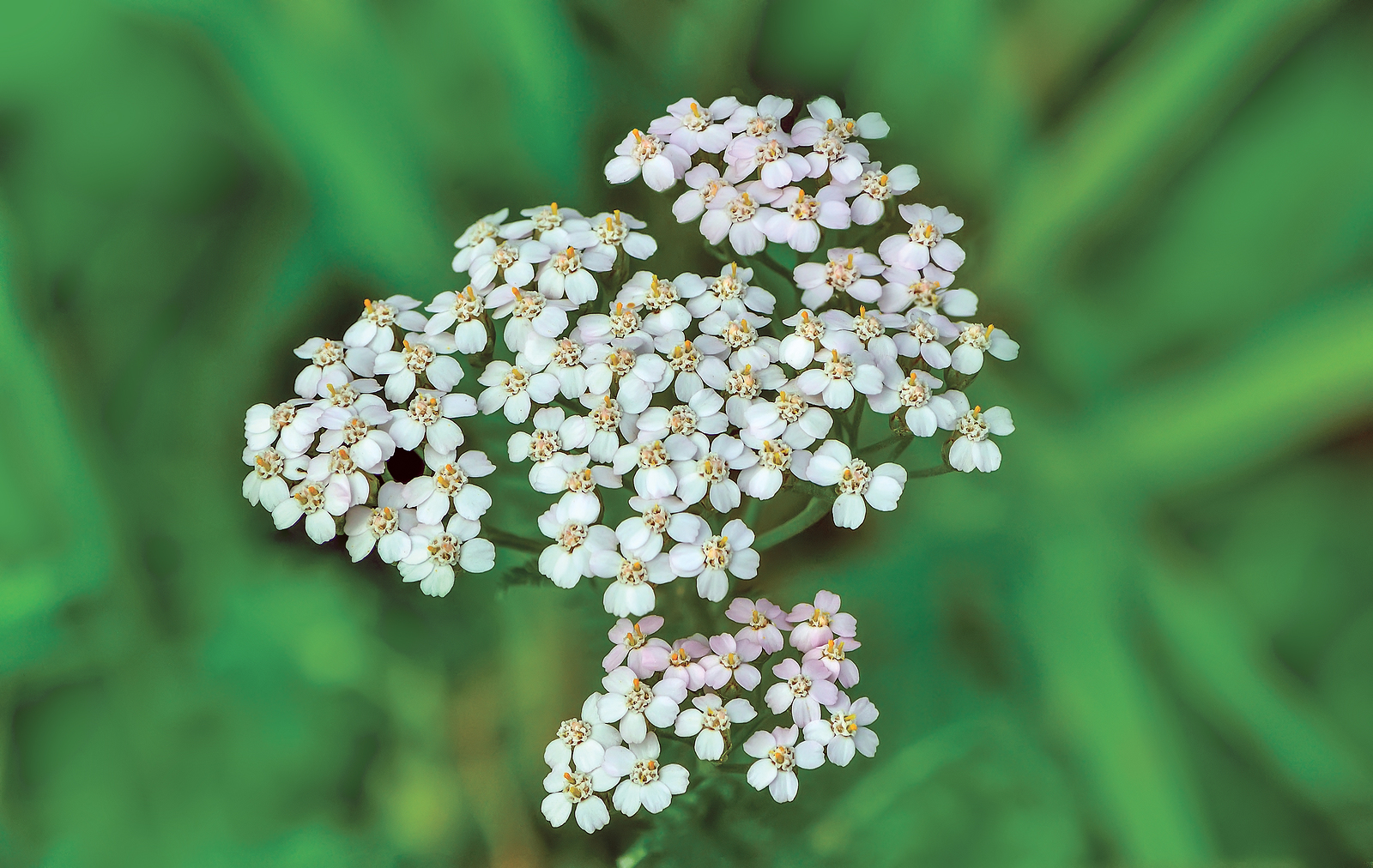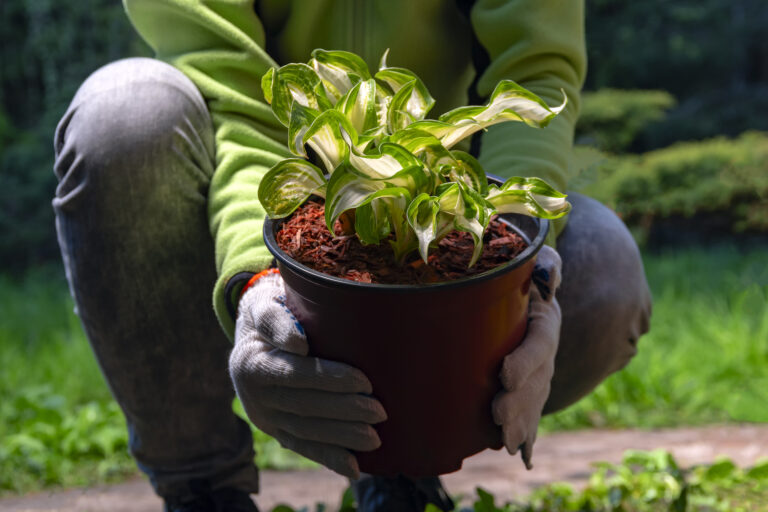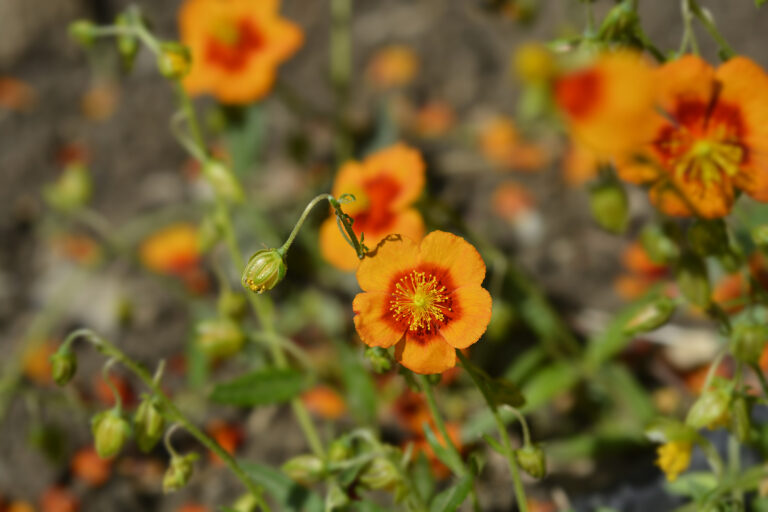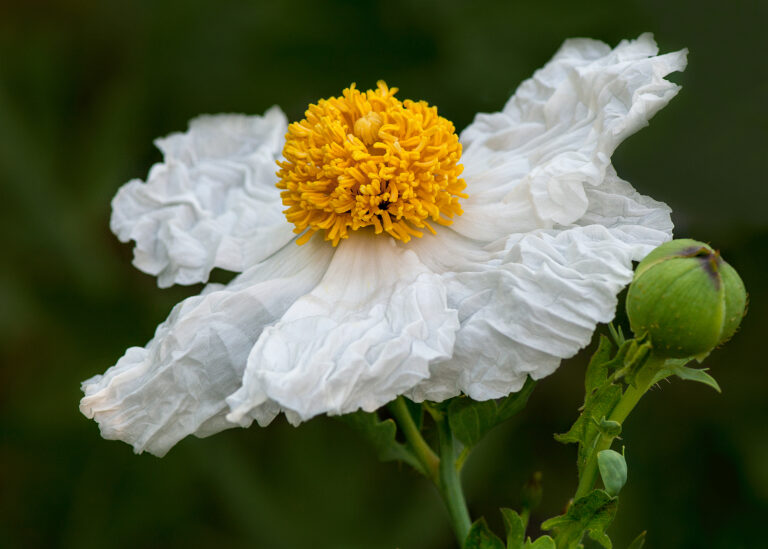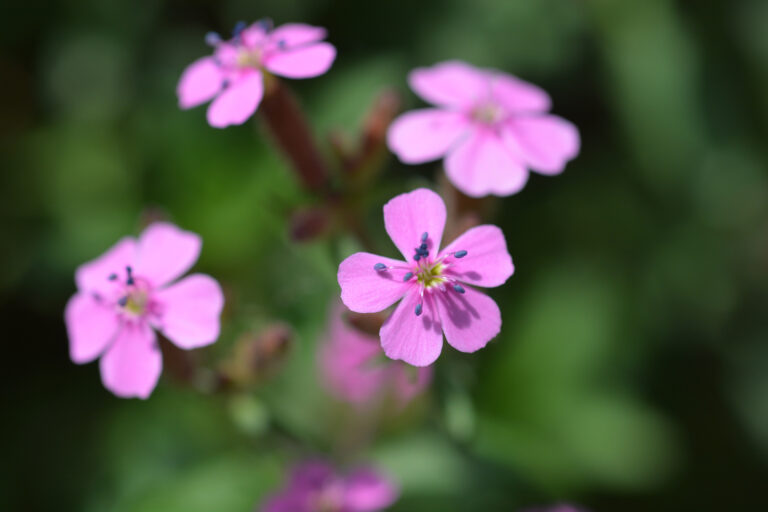How to Grow Yarrow — Achillea
Achillea–commonly called yarrow–is a colorful addition to the garden. Yarrow has fernlike, fragrant leaves. Species and cultivars range in size from very small, creeping plants to very large—up to 4 feet (1.2m) tall. Achillea is easy to grow and grows well even in poor, dry soil.
Achillea is a perennial. It is also known as milfoil and yarrow. Achillea is easily recognizable by its bitterish, aromatic odor, and taste. Their leaves and flowers have been used for centuries in medicine.
Achillea is easily grown in any good garden soil in a sunny location. The plants bear, from early to late summer, clusters of small white and yellow flowers which are excellent for cutting.
Seed can be started indoors in early spring and set outdoors in late spring. Plants will probably flower in the first season. Achillea can also be propagated by root division.
Achillea is a genus of about 85 species of most deciduous perennials native to temperate regions of the Northern Hemisphere.
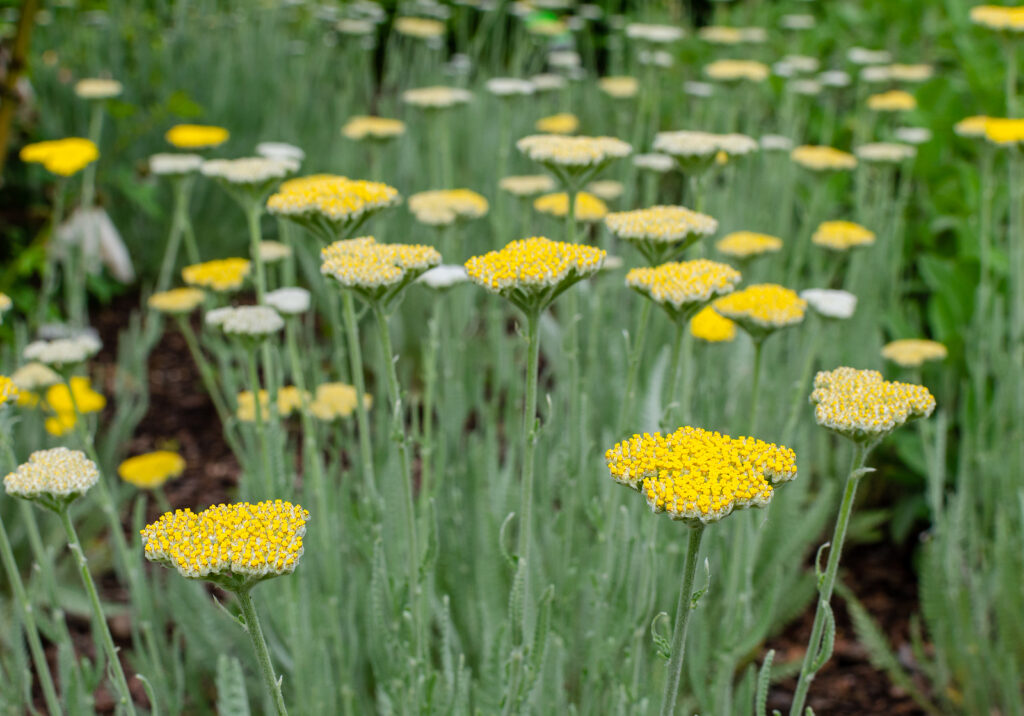
Get to know Achillea
- Plant type: Perennial
- Growing Zones: 3 to 9
- Hardiness: Hardy to -30°F (-34°C); resistant to heat and cold; like cold winter temperatures; thrives in low to moderate humidity
- Height and width: 18 to 48 inches (45-120cm) tall, 18 to 24 inches (18-61cm) wide
- Foliage: Gray or green, often aromatic leaves, are fernlike
- Flower form and colors: Flat-topped heads 4-5 inches (10-12.5cm) across with dozens of small daisy-like flowers in tight clusters
- Flower colors: Yellows, creams, reds, pinks, and apricots.
- Bloom time: All summer; flowers last for several weeks; plant reblooms if deadheaded
- Use: Beds, borders, naturalizing in meadows; excellent for cutting and drying.
- Garden companions: Shasta daisy, monkshoods
- Common name: Yarrow
- Botanical name: Achillea spp.
- Family: Asteraceae
- Origin: Temperate regions of the Northern Hemisphere
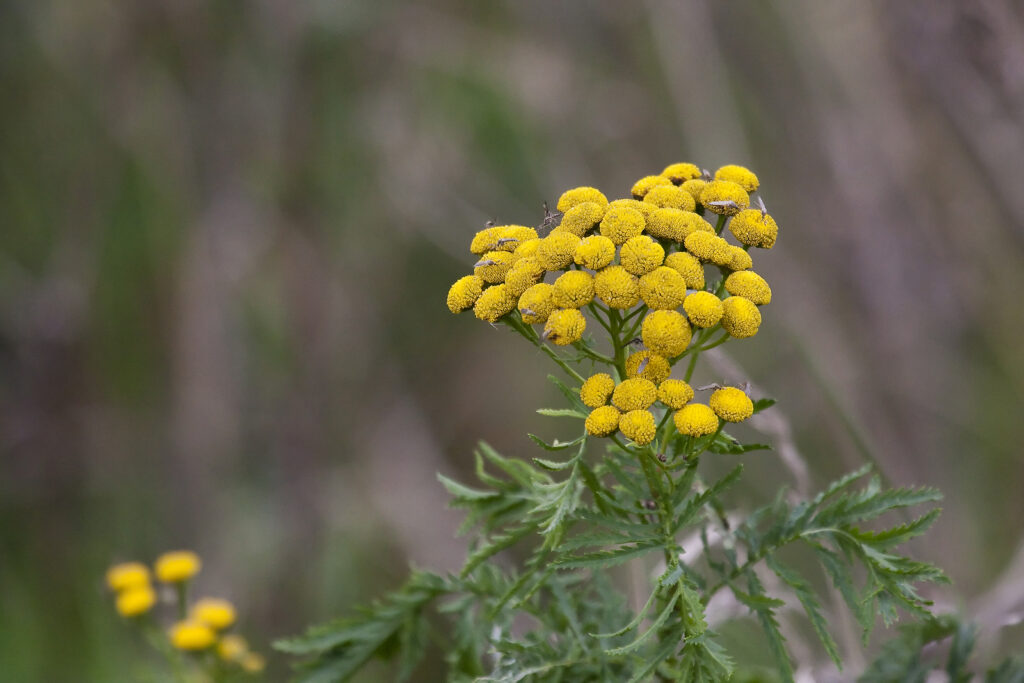
Where to plant Achillea
- Plant Achillea in full sun to light shade.
- Achillea thrives in well-drained average or sandy soil.
- Achillea tolerates hot-dry conditions and drought.
- Achillea prefers a soil pH of 4.5 to 7.
Garden Success Products at Amazon:
- 10 pcs Stainless Steel Garden Hand Tool Set
- Flexi Hose with 8-inch Nozzle
- Gorilla Cart 4 Cu. Ft, 300-pound Capacity
- Neem Bliss 100-% Cold Pressed Neem Oil
- Safer Brand Insect Killing Soap
- Wildflower Seed Mix Attracts Hummingbirds and Butterflies
- Eden Brothers All Perennial Seed Mix
Achillea uses and companions
- Use Achillea in the middle or back of a flower garden.
- Use Achillea in an informal cottage garden and herb gardens; they are drought resistant.
- Naturalize Achillea in meadows or wild gardens.
- Achillea is good fresh or dried in arrangements; cut blossoms after pollen is visible.
- Companions include Chrysanthemum superbum, ornamental grasses, Kniphofia, Rudbeckia, Salvia.
When to plant Achillea
- Set established plants in the garden in spring or fall.
- Start seeds indoors from early spring to midsummer, at least 3 months before the first fall frost.
- Sow seeds outdoors from mid-spring to mid-summer, up to 3 months before the first fall frost.
- Set container-grown plants outdoors in mid-spring to late summer, up to two months before the first fall frost.
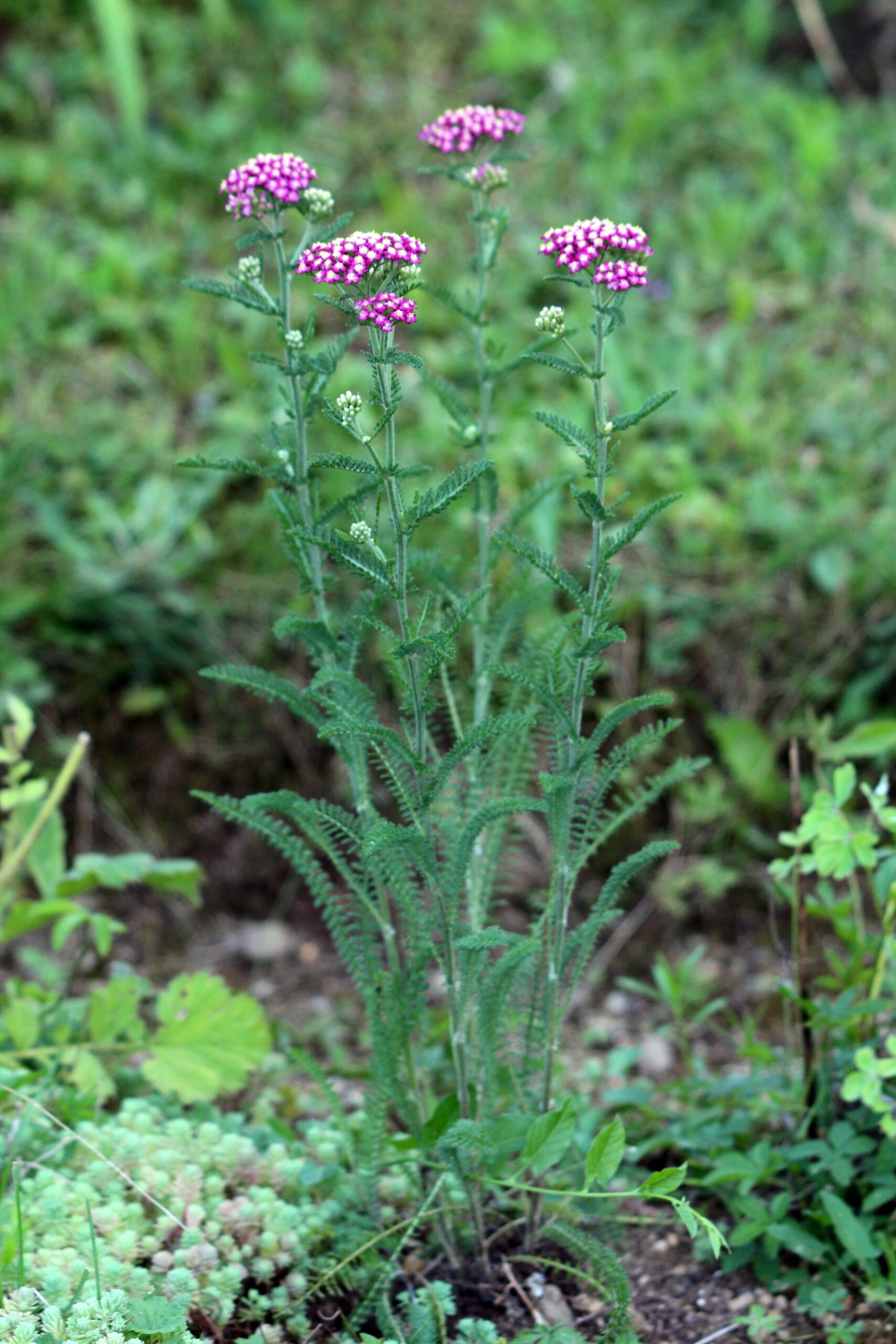
Planting and spacing Achellia
- Sow Achillea seeds indoors in pots or flats; do not cover the seeds as they need light to germinate. Plants started from seed take two years to become established.
- Place seeds started indoors in full sun or under fluorescent lights.
- Sow seed outdoors in a smoothly prepared planting bed; do not add aged compost or other organic matter unless the soil is almost pure sand. If the soil is very sandy add compost and leaf mold.
- Space Achellia 18 to 24 inches (45-61cm) apart.
How to water and feed Achellia
- Keep the soil just moist. If the soil is too wet plants are prone to fungus disease.
- Established plants can tolerate dry soil.
- Fertilize Achillea lightly if at all.
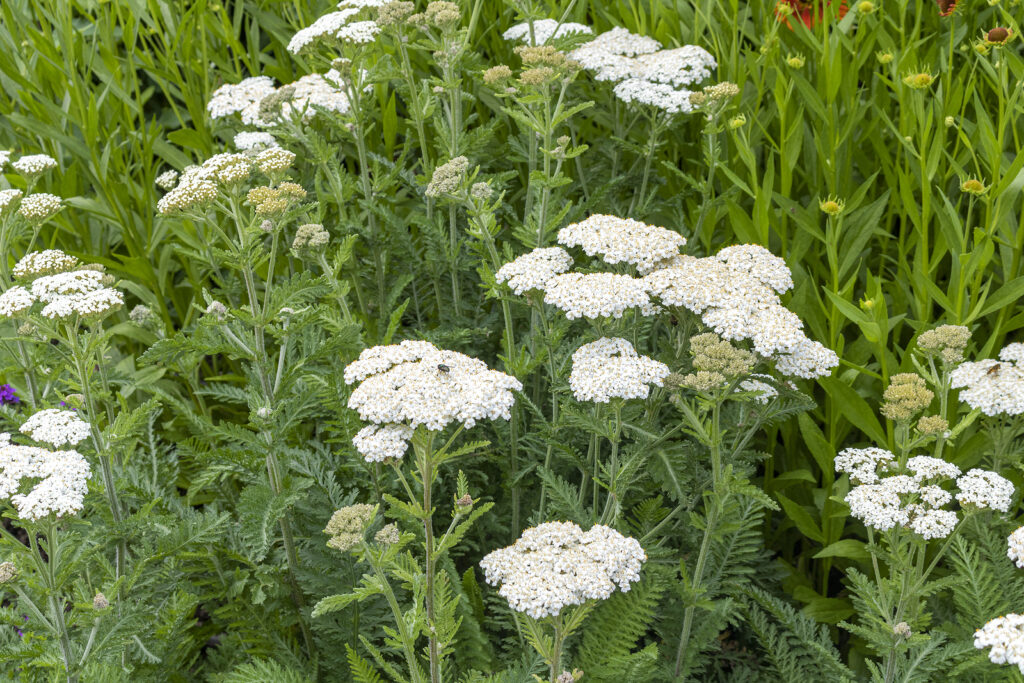
Achellia care
- Plants can get leggy if given too much fertilizer.
- Mulch around plants to prevent weeds.
- Achellia can be invasive; divide or trim back plants that become aggressive.
- Divide yarrow every 2 to 3 years.
- Achellia can be prone to fungal diseases in wet or humid climates.
- Harvest leaves and flowers for drying just before plants are in full bloom; cut the flowering stems off at the base. Hang the stems upside down in a dark, dry, warm place to dry.
- Store dried leaves and flowers in an airtight container.
Achellia pests and diseases
- Powdery mildew can attack yarrow where nights are warm and humid. Dust with sulfur.
- Rot can cause stems to blacken and topple over. Remove and destroy affected plants.
Achillea propagation
- Achillea spreads rapidly and needs frequent division.
- Achillea can be propagated by root cuttings. Root clumps can be divided in spring.
- Divide plants in early spring or fall.
- Plant divisions into soil amended with aged compost.
- Species Achillea can be started from seed; plants started from seed take two years to become established.
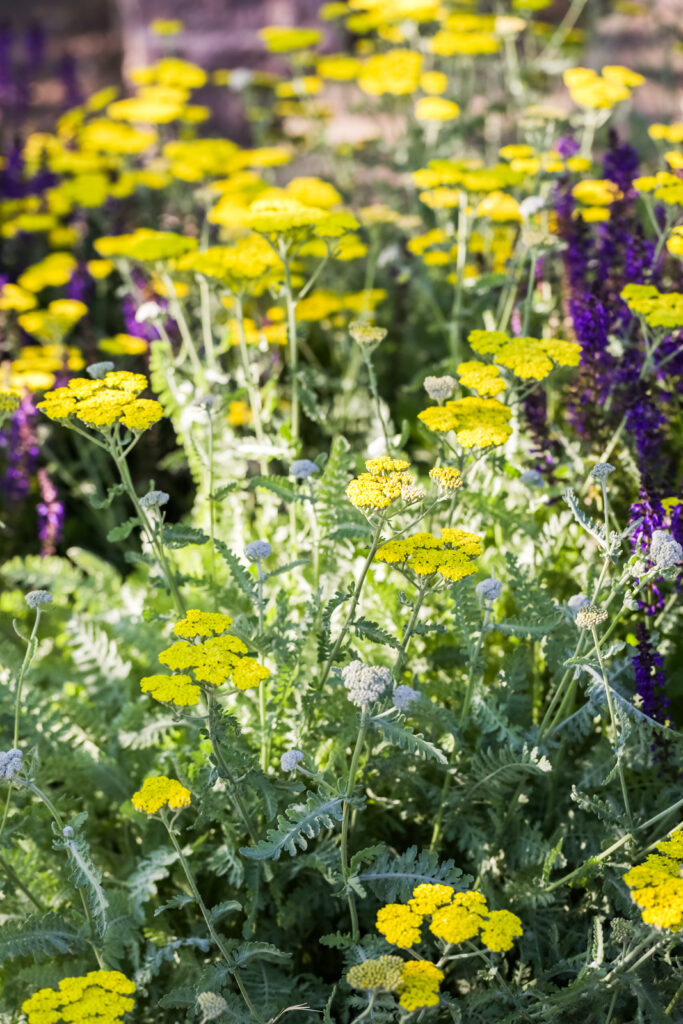
Achillea varieties to grow
- Achillea ageratifolia, Greek yarrow. Low mats of silvery leaves with white flower clusters; grow 4 to 10 inches (10-25cm) tall.
- A. clavennae, silvery yarrow. Mats of silvery-gray leaves topped with white flowers.
- A. filipendulina, fern-leaf yarrow. Grows to 5 feet (1.5m) tall; has bold mustard-yellow flowers to 5-inches (12.7cm) wide on long stems; several cultivars are available including ‘Gold Plate’ and ‘Coronation Gold’.
- A. millefolium, common yarrow. Grows erect to 3 feet (.9m) tall; narrow, fernlike, green or gray-green leaves on 36-inch (91cm) stems; many named hybrids including ‘Moonshine’; hardy in Zones 3 to 8.
- A. taygeta. Grows to 18 inches (45cm) tall; dense clusters of bright yellow flowers.
- A. tomentosa, woolly yarrow. Makes a flat, spreading mat of fern-like, deep green, hairy leaves; golden flowers head atop 6 to 10 inch (15-25cm) stems.

